Are you tired of constantly flushing your toilet multiple times to increase the water level in the bowl?
Do you find it frustrating to see stains and residue left behind due to inadequate water in the bowl? Well, we have good news for you!
There are several easy and effective ways to increase the water level in your toilet bowl, ensuring a cleaner and more efficient flush every time.
Firstly, it’s important to understand that the water level in your toilet bowl is determined by the height of the overflow tube.
If the water level is too low, it’s likely that the tube is set too low or has become clogged with debris.
Fear not, as we’ll guide you through some simple solutions to increase the water level and improve the flushing power of your toilet.
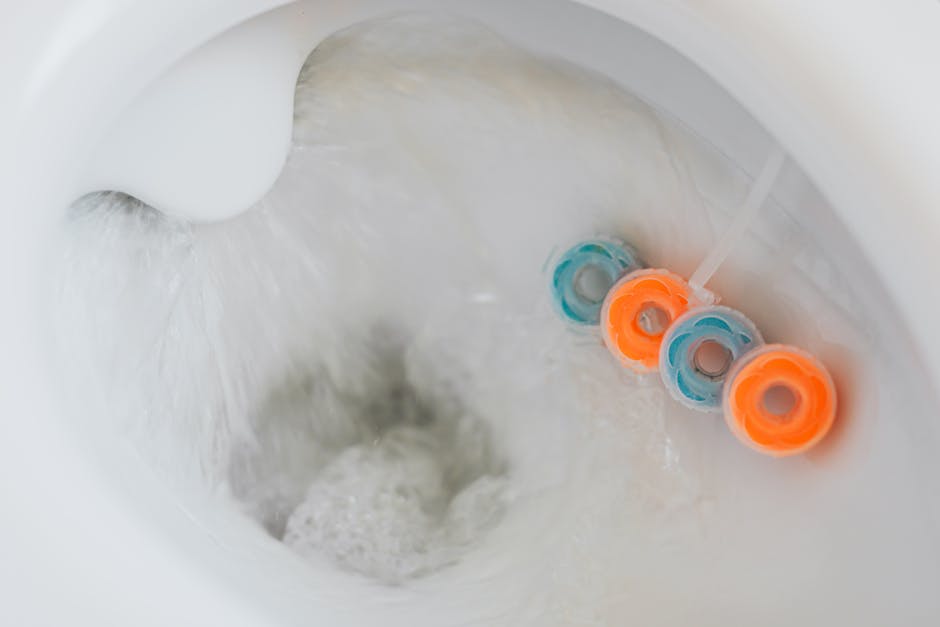
Increase Water in Toilet Bowl: Simple Solutions for a Common Problem
| Method | Difficulty Level | Cost | Effectiveness | Time Required | Potential Issues |
|---|---|---|---|---|---|
| Adjust Water Level Valve | Easy | Low | Moderate | 5 minutes | Requires manual adjustment |
| Install a Toilet Tank Bag | Easy | Low | High | 5 minutes | May affect flush efficiency |
| Add a Brick or Bottle | Easy | Low | Low | 1 minute | May displace too much water |
| Replace Fill Valve | Moderate | Moderate | High | 15-30 minutes | Requires plumbing knowledge |
| Install Dual Flush System | Difficult | High | High | 30-60 minutes | Requires advanced plumbing knowledge |
One of our articles –What Causes Grey Stains in Toilet Bowl?
Understanding the Importance of Adequate Water Levels
Toilets are designed to operate with a specific amount of water in the bowl. Not having enough water can cause problems with flushing, while having too much water can lead to water waste and higher water bills.
An insufficient amount of water in the bowl can also result in unpleasant odors and stains.
Additionally, if the water level is too low, there may not be enough water to create a proper seal, allowing sewer gas to enter your home.
Therefore, it is essential to ensure that your toilet has the correct water level for optimal performance and functionality.
Common Reasons for Low Water Levels
There are several reasons why your toilet may have low water levels. Some of the most common causes include:
- Partially closed valve
- Worn flapper valve
- Blocked rim holes
- Defective refill tube
- Low water pressure
Each of these issues can result in low water levels in the toilet bowl, leading to problems with flushing, odors, and stains.
Partially Closed Valve
If the valve supplying water to the toilet is only partially open, this can cause low water levels. Ensure that the valve is fully open to allow for an adequate flow of water.
Worn Flapper Valve
If the flapper valve that controls the water flow into the bowl is worn or damaged, it may not allow enough water to enter the bowl. Replace the flapper valve with a new one to ensure proper water flow.
Blocked Rim Holes
The rim of the toilet bowl contains holes that allow water to flow into the bowl. If these holes become blocked, water flow will be restricted, resulting in low water levels.
Use a wire hanger or a toilet brush to clean out these holes and restore proper water flow.
Defective Refill Tube
If the refill tube inside the tank is not positioned correctly or is damaged, it may not allow enough water to refill the bowl. Check the refill tube and ensure it is properly positioned and undamaged.
Low Water Pressure
If your home’s water pressure is low, this can cause low water levels in the toilet bowl. Contact your water supplier to check the water pressure and make any necessary adjustments.
One of our articles –Toilet Bowl Won’t Stop Filling.
Solutions for Increasing Water Levels
If you have determined that the cause of low water levels is not related to any of the issues mentioned above, there are several solutions for increasing water levels in the toilet bowl.
Adjust the Float
The float inside the toilet tank controls the water level in the bowl. Adjust the float to increase the water level in the bowl.
Adjust the Valve
If adjusting the float does not increase the water level, the valve may need to be adjusted. Turn the adjustment screw clockwise to increase the water level.
Replace the Fill Valve
If the valve is damaged or defective, it may need to be replaced with a new fill valve. This will ensure that the toilet maintains adequate water levels.
Install a Toilet Bowl Dam
A toilet bowl dam is a device that can be installed in the toilet bowl to raise water levels. It creates a barrier that holds more water in the bowl, resulting in a higher water level.
The Benefits of Proper Water Levels
Maintaining proper water levels in the toilet bowl offers several advantages:
Firstly, it ensures that the toilet functions correctly and flushes efficiently.
Secondly, it reduces the risk of unpleasant odors and stains.
Thirdly, it helps prevent sewer gas from entering your home.
Finally, it reduces water waste, leading to lower water bills and a more environmentally friendly home.
Frequently Asked Questions
Here are some common questions regarding increasing water in a toilet bowl:
How can I increase the water level in my toilet bowl?
If you want to increase the water level in your toilet bowl, you can adjust the water level valve. This valve is typically located on the side or bottom of the toilet tank. Turn it clockwise to increase the water level. If that doesn’t work, you may need to adjust the float valve or replace the fill valve.
It’s important to note that the water level in the bowl should be about 1 inch below the rim. If it’s too high, it could cause overflow or waste water.
Why is the water level in my toilet bowl low?
The water level in your toilet bowl may be low due to a few reasons. One reason could be a clogged or obstructed rim feed. These are the small holes around the rim of the toilet bowl that allow water to flow into it. You may need to clean them out with a wire hanger or a specialized tool.
Another reason could be a blocked or partially closed valve that is restricting water flow into the toilet bowl. In this case, you may need to adjust or replace the valve.
What is the ideal water level in a toilet bowl?
The ideal water level in a toilet bowl is about 1 inch below the rim. This is because if the water level is too high, it may cause overflow or waste water. Additionally, it’s important to note that the water level should be consistent after each flush.
If you’re unsure about the water level in your toilet bowl, you can check the manufacturer’s instructions or consult a plumber for guidance.
Can I increase the water level in my toilet bowl without a plumber?
Yes, you can increase the water level in your toilet bowl without a plumber. As mentioned earlier, you can adjust the water level valve or the float valve. However, if you’re unsure about how to do this or if you’re experiencing other plumbing issues, it’s always best to consult a professional plumber.
Trying to fix plumbing issues without the proper knowledge or tools can lead to further damage or costly repairs.
What are the dangers of having a low water level in a toilet bowl?
Having a low water level in a toilet bowl can lead to some potential dangers. For instance, it can cause unpleasant odors as waste may not be fully submerged in water. This can also lead to a buildup of bacteria and germs in the bowl.
In addition, a low water level can impact the toilet’s flushing power and efficiency. This means you may need to flush multiple times or use more water to get rid of waste. This can lead to higher water bills and a waste of resources.
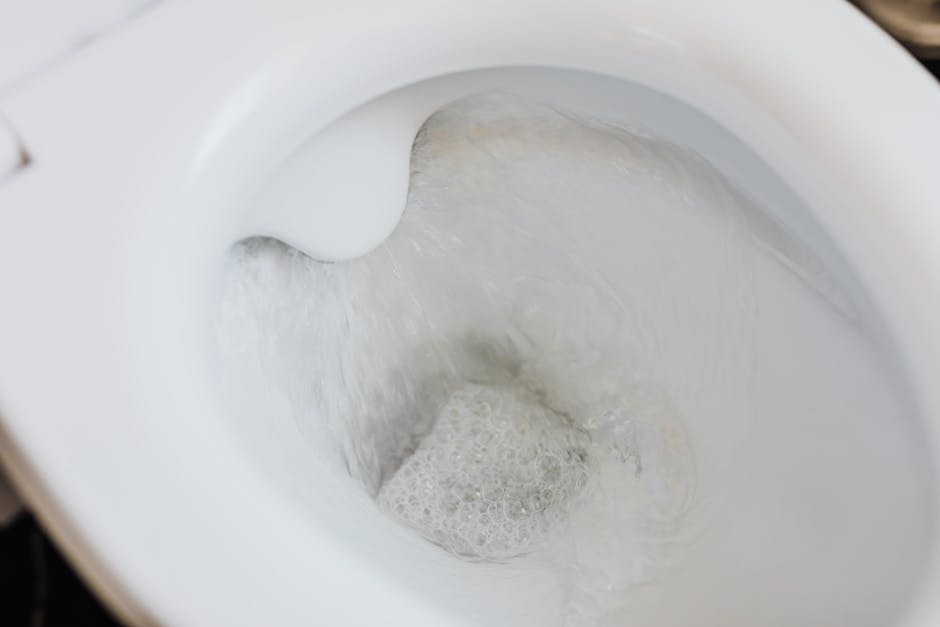
In Conclusion
Maintaining proper water levels in your toilet bowl is an essential aspect of home maintenance.
By understanding the common causes of low water levels and implementing the solutions outlined above, you can ensure that your toilet is functioning correctly and efficiently.
Proper water levels will also help to reduce unpleasant odors and stains, prevent sewer gas from entering your home, and reduce water waste.




![How to Remove Crystallized Urine [Explained]](https://homepander.com/wp-content/uploads/2022/02/How-To-Remove-Crystallized-Urine.jpg)


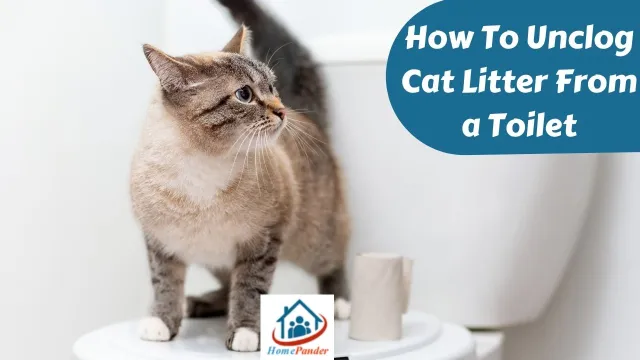
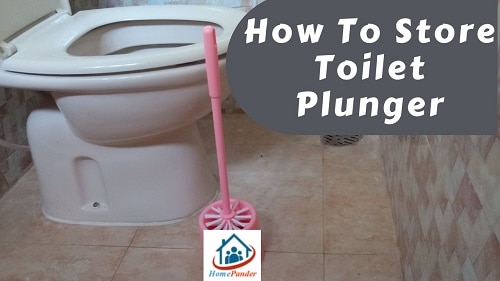
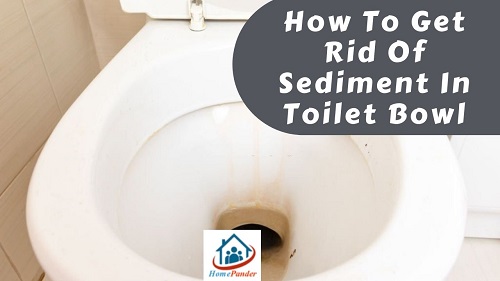
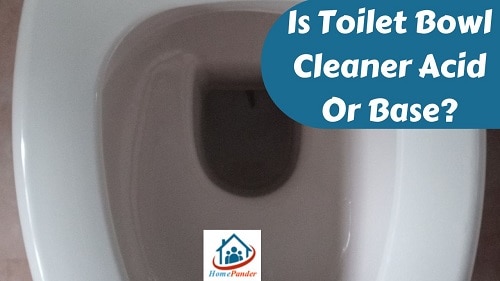
![How To Clean Dark Grout That Has Turned White [5 Easy Ways]](https://homepander.com/wp-content/uploads/2021/12/How-To-Clean-Dark-Grout-That-Has-Turned-White.webp)